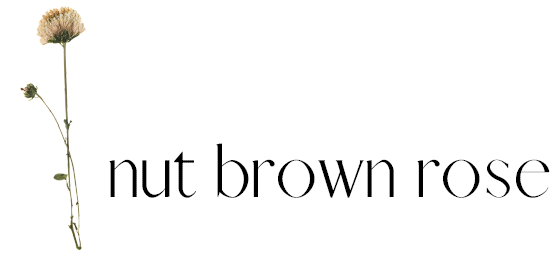There are many definitions floating out there on the difference between an anxiety attack and a panic attack. Some doctors deny that anxiety attacks are even a thing, and chalk up the experience of panic attacks to having a panic disorder.
But that hasn’t been my experience.
The history of psychiatrists trying to code mental health conditions hasn’t gone smoothly. The brain is a complex organism and its “disorders” don’t fit as neatly into categories as the clinical folk would like.
To prevent my confusion and yours, I thought I’d explain what I learned through my research and personal experience.
Please see disclaimer.
When I started struggling with my mental health, I had a hard time identifying the onslaught of uncomfortable sensations in my body. Not understanding what was happening made it difficult to think straight, much less initiate the right coping mechanisms.
Being able to label a sensation provides insight and enables equanimity. The same way we can label our thoughts as “worrying” or “catastrophizing”, it’s important that we can identify what mental mode we’re in to have enough clarity to step out of it.
Sounds simple, but it’s fucking hard. And I’m the last person to deny that.
Confusion and avoidance certainly won’t help.
So let’s start with these baseline definitions.

Anxiety Attack
I’ve heard anxiety attacks described as “excessive worry”, but it goes beyond that, doesn’t it?
I have notes in my phone after a particularly bad episode where I write: “I feel my heart has aged 10 years.”
An anxiety attack is being stuck in repetitive negative thinking for an extended period of time.
Repetitive negative thinking comes packaged with the depression-anxiety bundle. It can involve rumination about the past, catastrophizing about the future, and everything in between. It’s a negative feedback loop, where bad thoughts propagate more bad thoughts, putting the body in somatic distress.
Symptoms may include a racing heart, sweaty palms, restlessness, feeling short of breath, dizziness, or nausea.
The crazy part is, my notes about my heart feeling as though it’s aged aren’t far off. A study has just released linking repetitive negative thinking with cognitive decline and dementia.
Honestly… I’m not surprised. My notes go on to describe my experience viscerally, with claims such as “There’s a worst-case-scenario veil over my vision. Each thought sends volts through my heart.”
That can’t be healthy, particularly in the long term. And unfortunately, anxiety attacks can drag and drag. It takes concerted effort to not only step out of the loop of negative thinking, but to undo the habit altogether.
This blog will be a place to discuss how we can do that.
Panic Attack
Oh the dreaded panic attack. If you’re not sure whether you’ve had one… you probably haven’t.
It’s an acute and intensely uncomfortable experience during which your body goes haywire. And unlike an anxiety attack, which is prompted by negative thinking, a panic attack can come out of nowhere.
Eckhart Tolle describes this as “the pain body”, where lives a deep-rooted pattern of fear and anxiety, and a panic attack is a release of that pent-up energy.
A scary and violent release.
In my story, I describe what my first panic attack was like. Essentially it involves things like prickles in the extremities, hyperventilation, tight chest, detachment from reality, narrowing vision, shaking, and muscles locking up. And these can vary across different people.
The adrenaline spike will result in fatigue afterward, and maybe a lot of crying. The body can feel spent for days.
The good news is, the body can only maintain the adrenaline high for so long. This is why, in my opinion, anxiety attacks can be worse than panic attacks. A panic attack shouldn’t last very long.
*Emphasis on “shouldn’t” as I once had a series of panic attacks which lasted two hours (not fun).
The biggest tip I have (for now)
I realize this post defines a problem and offers no solutions. But it’s important to start here. And I promise there are many posts to come which are more solution-focused.
For now, my biggest tip is this: do not demonize your condition, whatever it may be.
My language around anxiety used to be of a combative nature like “it’s a villain in my head” and “I’ll keep fighting it”. I now know this can do more harm than good.
We must meet ourselves with compassion and yes, that includes the ugly bits.
Stay well and much love,
P
Today’s tunes: Light in Between by Abby Gundersen

